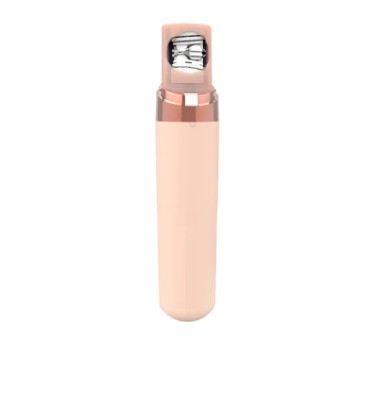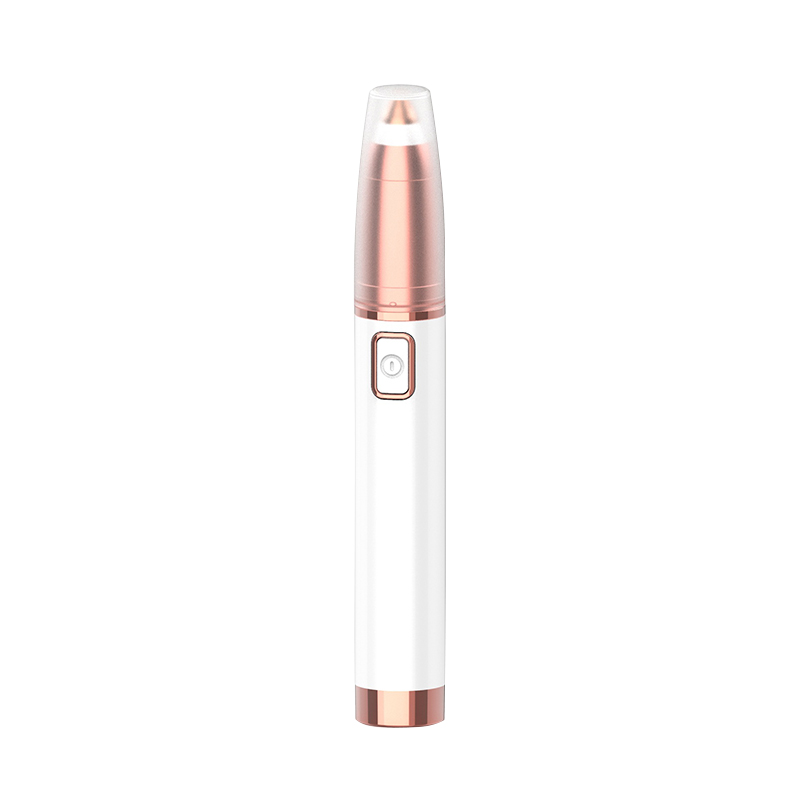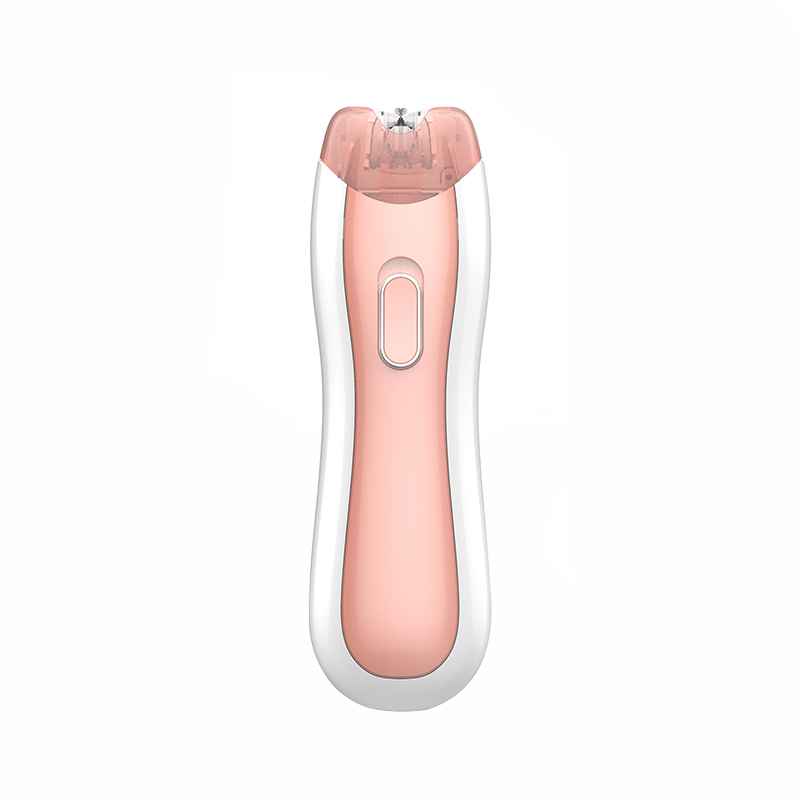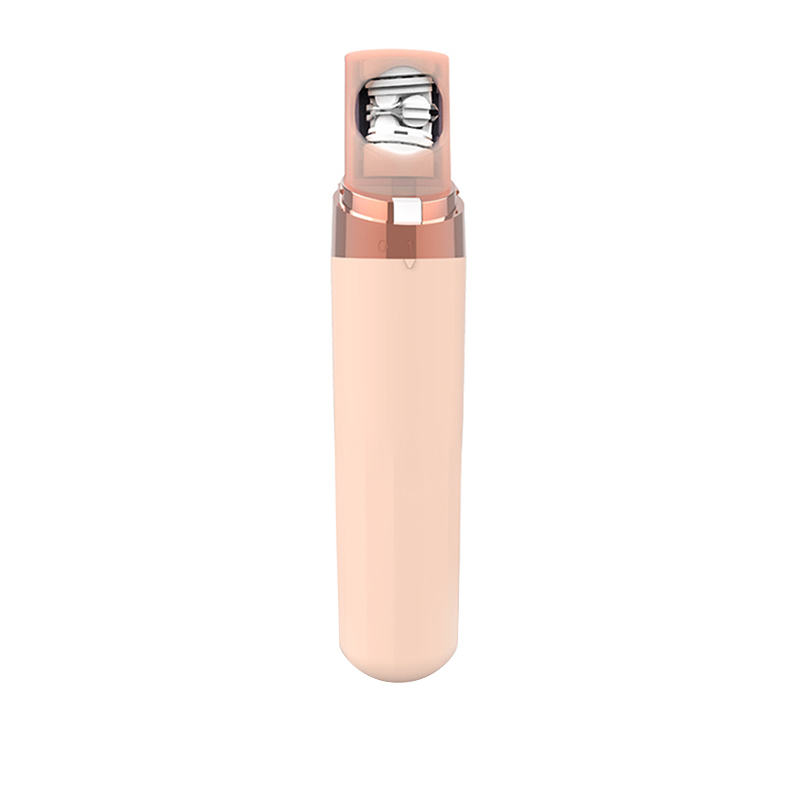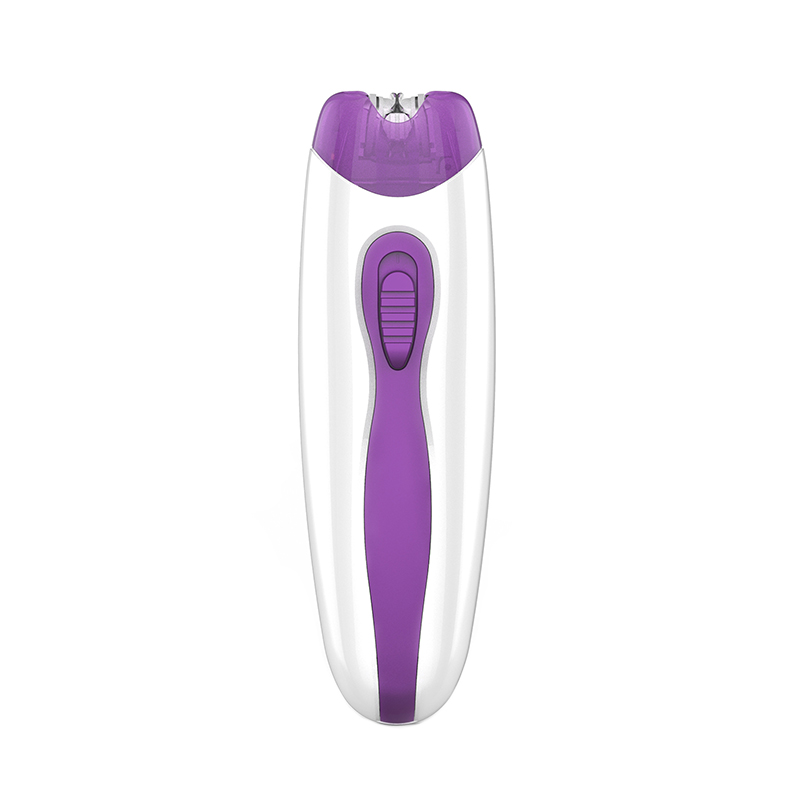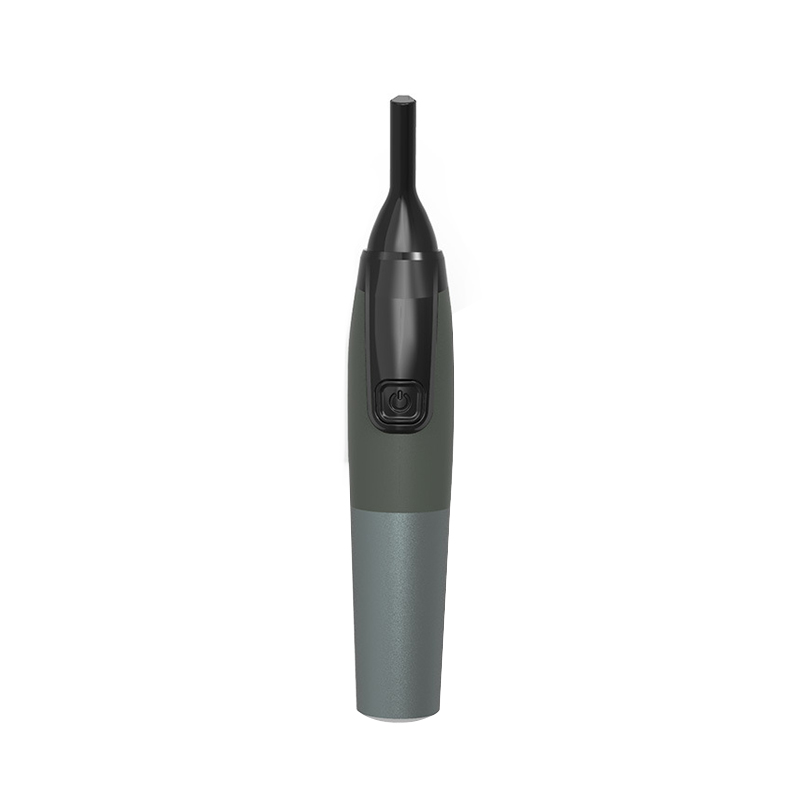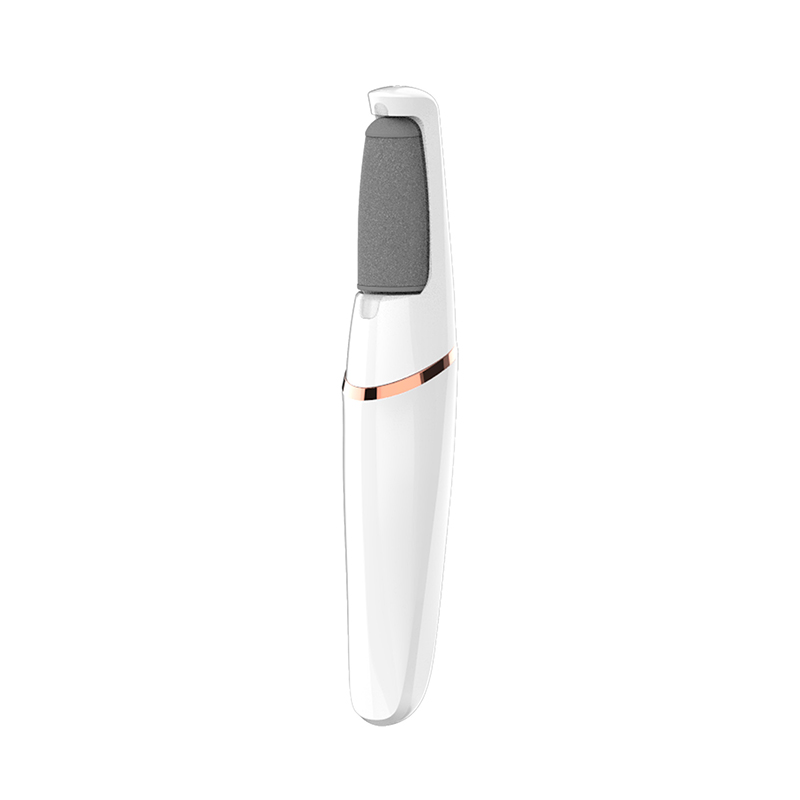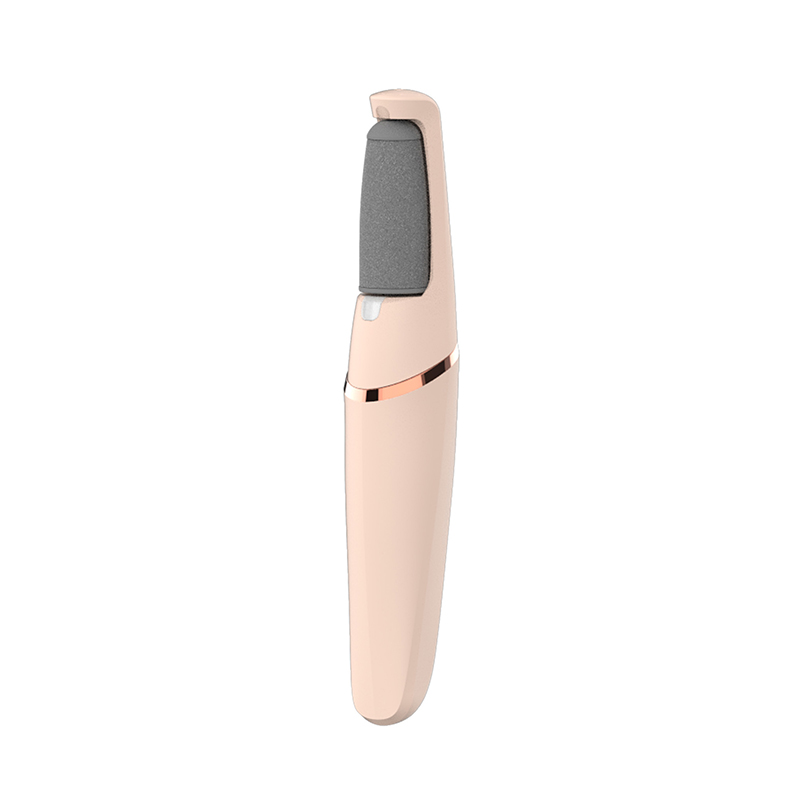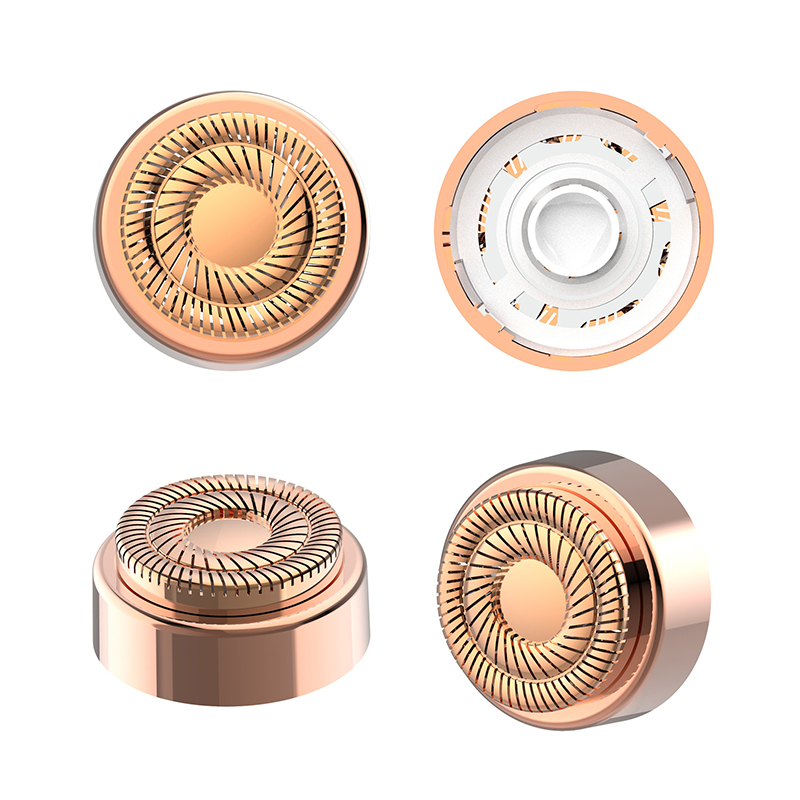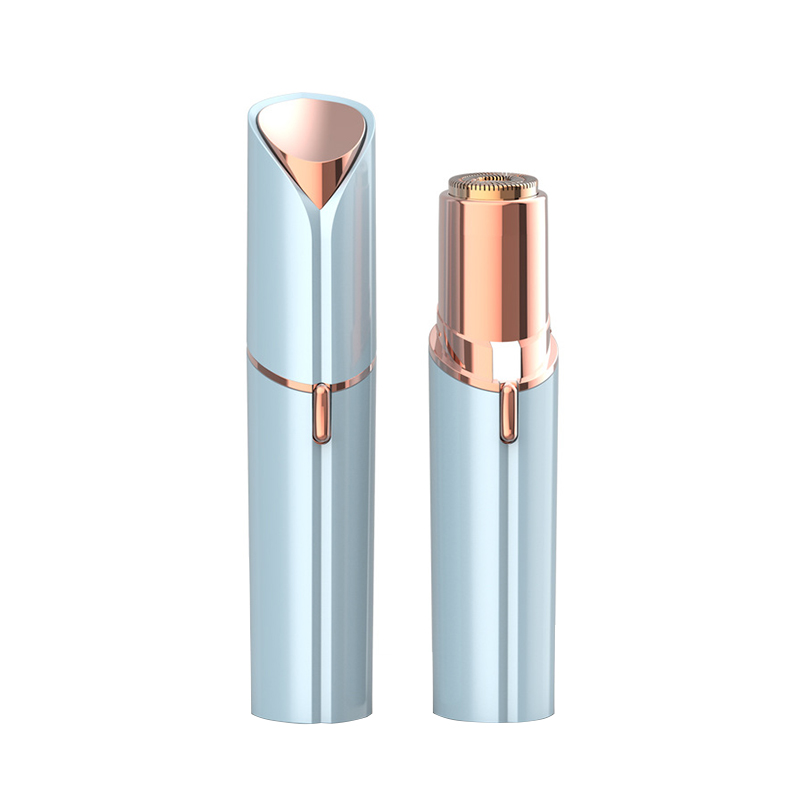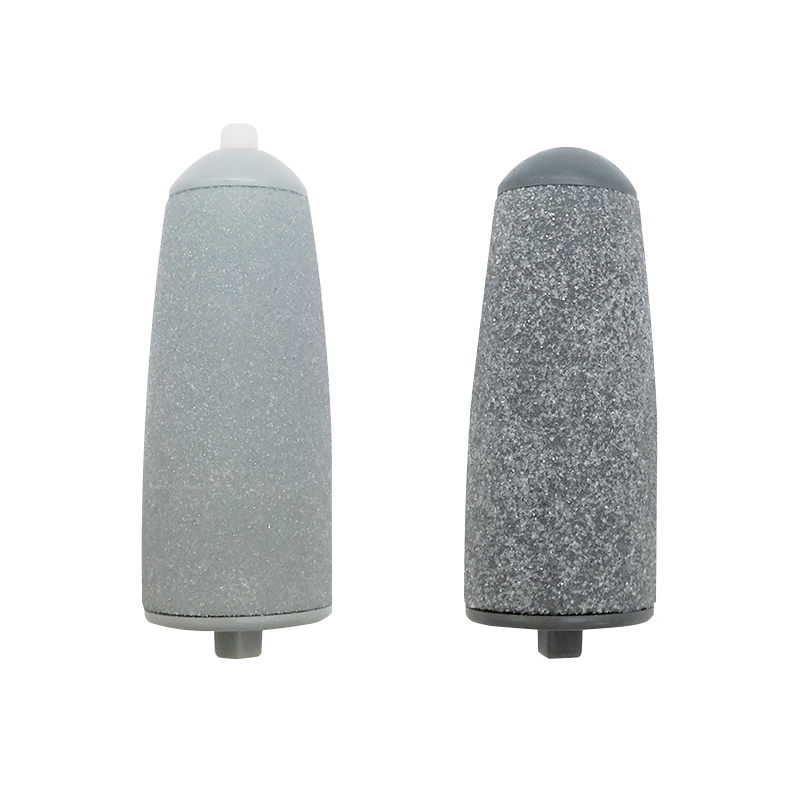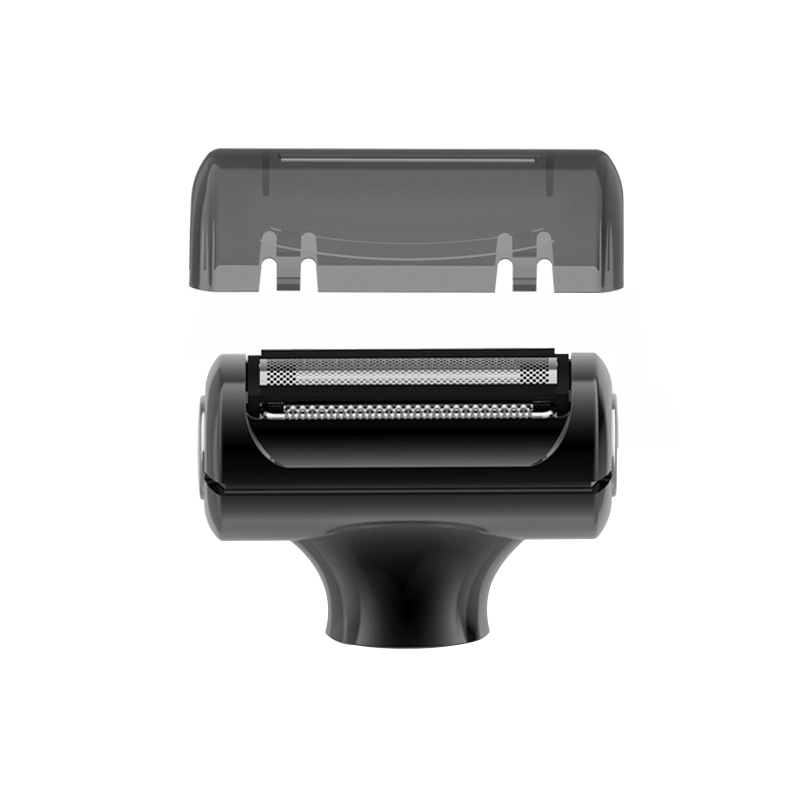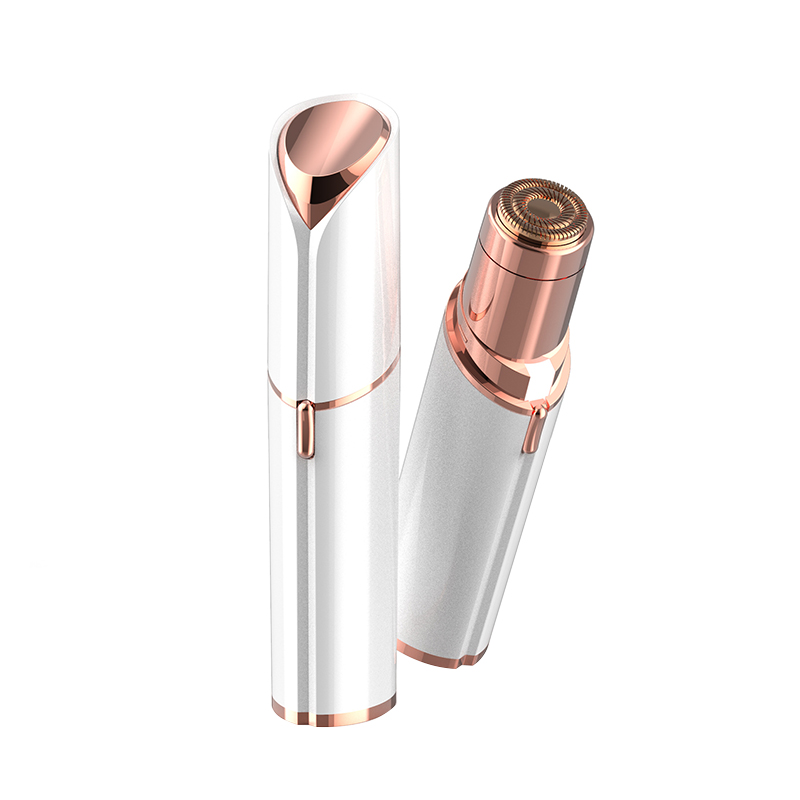Electric facial hair removers, often called dermaplaning devices or facial epilators, promise a smooth, hair-free complexion. But for individuals with sensitive skin – prone to redness, irritation, rosacea, or eczema – the crucial question is: Are they safe? The answer isn't a simple yes or no, but hinges on understanding the technology, your skin's unique needs, and proper usage practices.
Understanding the Technology and Sensitive Skin Concerns
Unlike traditional razors that cut hair at the skin's surface, most electric facial hair removers use fine, oscillating blades or rotating heads designed to gently lift and remove very fine vellus hair (peach fuzz) and dead skin cells from the epidermis. This differs significantly from body epilators that pull hair from the root, which is generally too harsh for facial skin, especially sensitive types.
The primary concerns for sensitive skin include:
-
Friction and Micro-Trauma: Excessive pressure or repeated passes can cause microscopic abrasions, leading to irritation, redness, and potential flare-ups.
-
Blade Design: Dull blades or overly aggressive mechanisms require more pressure, increasing irritation risk.
-
Hygiene: Bacterial transfer from unclean devices can cause breakouts or infections in compromised skin.
-
Pre/Post-Care: Using harsh cleansers, exfoliants, or irritating products around the treatment time exacerbates sensitivity.
Key Factors Influencing Safety for Sensitive Skin
-
Device Design Features:
-
Gentle Mechanisms: Look for devices specifically marketed for sensitive skin or facial use. These often feature fine, hypoallergenic blades (sometimes ceramic-coated) and gentle oscillation or micro-spring technology designed for minimal friction.
-
Pressure Sensors: Some advanced models include sensors that alert you if you're applying too much pressure, a critical feature for sensitive users.
-
Hygienic Design: Easy-to-clean components and replaceable blade heads are essential to prevent bacterial buildup.
-
-
Technique is Paramount:
-
Clean, Dry Skin: Always start with impeccably clean, completely dry skin. Damp skin increases friction.
-
Light Touch: Use minimal pressure. Let the device glide; never press or scrub. Stretch the skin taut gently with your free hand.
-
Direction: Follow the device's instructions, but generally, move gently downward in the direction of hair growth, avoiding upward strokes which can irritate.
-
Single Pass: Limit yourself to one or maximum two very light passes over an area. Over-treatment is a major cause of irritation.
-
Avoid Compromised Skin: Never use over active acne, wounds, sunburn, rashes, or highly inflamed areas of rosacea/eczema.
-
-
Essential Pre and Post-Care Routine:
-
Pre-Care: Avoid retinoids, AHAs/BHAs, or physical exfoliants for at least 48 hours before and after. Cleanse gently with a mild, non-foaming cleanser and pat dry thoroughly.
-
Post-Care: Immediately after, apply a fragrance-free, soothing moisturizer or serum containing calming ingredients like hyaluronic acid, ceramides, centella asiatica, or aloe vera (if you know you tolerate it). Avoid actives (vitamin C, acids, retinols) for 24-48 hours. Use sunscreen diligently as skin may be temporarily more sun-sensitive.
-
-
Patch Test: This is non-negotiable for sensitive skin. Test the device on a small, inconspicuous area of your jawline or neck. Wait 24-48 hours to check for any delayed reaction (redness, bumps, stinging) before proceeding to your full face.
Potential Risks and Realistic Expectations
-
Temporary Redness: Mild, fleeting redness immediately after use is common, even with careful technique, and usually subsides within hours.
-
Irritation and Breakouts: Incorrect technique, overuse, dirty blades, or incompatible skincare can lead to irritation, micro-tears, or breakouts (folliculitis).
-
Not for Coarse Hair: These devices are designed for fine vellus hair. Attempting to remove coarse terminal hair (like a beard) can cause significant irritation, pulling, and ingrown hairs.
-
Not a Cure-All: Results vary. Hair grows back at its natural rate, typically feeling soft as it hasn't been cut bluntly.
"Dermatologists can provide personalized advice," emphasizes Dr. Aisha Chen, a board-certified dermatologist specializing in sensitive skin. "While many with sensitive skin tolerate modern electric facial hair removers well using meticulous technique, others, especially those with conditions like active rosacea or severe eczema, may find any form of physical exfoliation or hair removal too irritating. A patch test under professional guidance is always the safest first step if you have significant concerns."
The Verdict: Proceed with Caution and Knowledge
Electric facial hair removers can be safe for sensitive skin when:
-
The device is designed for sensitive skin/facial use.
-
Meticulous hygiene is maintained.
-
Impeccable, gentle technique is used (light touch, minimal passes).
-
A strict, calming pre-and-post care routine is followed, avoiding known irritants.
-
A patch test is performed and shows no adverse reaction.
-
Realistic expectations are set, and coarse hair removal is avoided.
Safety is highly individual. Listen to your skin. If you experience persistent redness, stinging, bumps, or worsening of skin conditions, discontinue use immediately and consult a dermatologist. For those with sensitive skin who proceed cautiously, these devices can offer an effective method for managing fine facial hair with minimized irritation risk compared to some alternatives. Informed choices and careful practices are your best tools.



